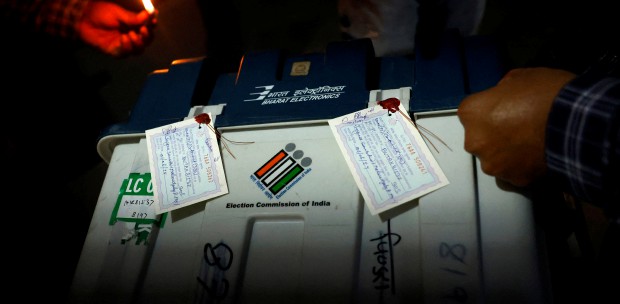AS far as away-days and bonding camps are concerned, they can often create more problems than solutions. When British Prime Minister Theresa May summoned her cabinet last Friday to her official country retreat at Chequers, instead of the usual Cabinet Room at 10 Downing Street, to ‘finalise’ her plan for British exit (Brexit) from the European Union (EU), the intention was to come up with a unified plan for the final stages of negotiations with the European Commission.
The pow-wow lasted for a marathon 12 hours. A first glance the Tory (Conservative Party) spin doctors could not resist presenting the outcome as a unified cabinet approval for the Brexit Plan. May rejoiced at the “fact” that “collective (cabinet) responsibility has returned”. The reality is that after months of dithering May seems to have finally evolved from “Brexit means Brexit” to clearly siding with a “softer” if not “soft Brexit”.
Brexit has spawned a lexicon of jargon to which add-ons will continue well beyond 11am on Friday March 29, 2019 — the official date the United Kingdom will cease to be a member of the EU, having invoked Article 50 in June 2017, a year after 51.9 per cent of Brits voted to quit the Union in a referendum on June 23 on a 71.8 per cent turnout. Exit will become a legal reality irrespective of whether the two parties reach a “deal or no deal”. The only way Brexit can be avoided is for London to abandon Article 50, which would require the European Court of Justice (ECJ)’s approval, and would probably precipitate violent protests, especially in England.
A ‘Hard Brexit’ is often used by critics of Brexit, who think it will harm the UK economy and is one where few of the existing ties between the UK and the EU were retained, thus leading to more disruption than a Soft Brexit, which acknowledges the UK leaving the EU but staying as closely aligned to the Union, especially in the single market or the customs union or both. It could involve British compromises on free movement of people, allowing EU citizens rights to settle in the UK with access to public services and benefits.
The reality is that Hard Brexiteers in May’s cabinet, though seemingly signing up to the Chequers Statement, perhaps because of political expediency or survival, are giving her the benefit of the doubt for the moment. Diehard Brexiteers such as Tory backbencher Jacob Rees-Mogg are holding their opprobrium until after reading the full 100-plus page document to see whether it is in line with the Conservative election manifesto, or amounted to a “punishment Brexit”. Another backbencher warned that the Chequers Statement must not evolve into a “Brino” (Brexit in name only).
May has shown a newfound political chutzpah to rein in disruptive dissenters, warning cabinet ministers who fall out of line that their jobs are at risk. Politics is the art of the possible. Since the referendum, it has also become the art of perception — just look at how the two tables are turning in the Brexit saga, so much so that remainers are baying for another referendum on any final deal confident that next time in hindsight Brits would opt for the reality that the UK is an integral part of the future of European integration.
Following the Chequers indaba, it has for May also become the art of preemption. The challenge for her is whether she can lead a united cabinet let alone a United Kingdom into the final stages of negotiations over the next eight months with the EU. The Chequers Statement is not a final Brexit deal, but merely an agreement on the UK’s preferred way forward on negotiations with the EU.
These negotiations have taken over a year, which is remarkable given that the task of unpicking 43 years of treaties and agreements covering thousands of different subjects was never going to be straightforward and was further complicated by the fact that it has never been done before.
For the UK, the post-Brexit trade deal is likely to be the most complex part of the negotiations because it needs the unanimous approval of some 30 national and regional parliaments across Europe, some of whom may want to hold referendums.
So what about May’s proposals? Forget about Canada or Norway models. May’s prescription encompasses 12 key points, including the UK maintaining “a common rulebook for all goods” with the EU, including agricultural products; committing to “continued harmonisation” with EU rules and to joint jurisdiction through a “joint institutional framework” led by the ECJ and the UK Supreme Court, to interpret UK-EU agreements; and agreeing to “cooperative arrangements” between EU and UK competition regulators, albeit the House of Commons will oversee the UK’s trade policy and have the ability to “choose” to diverge from the EU rules, “recognising that this would have consequences”.
The vexed issues on the borders between the UK and EU and free movement of people are red lines for the UK government. This is reflected in the Chequers Statement which would be the most difficult to resolve and would require compromise on both sides. Enter the notion of a “combined customs territory”, whereby Britain would apply domestic tariffs and trade policies for goods intended for the UK, but charge EU tariffs and their equivalents for goods, which will end up heading into the EU.
The writer is an independent London-based economist and writer
Get the latest World Cup 2018 scores, highlights and updates from our dedicated World Cup page






